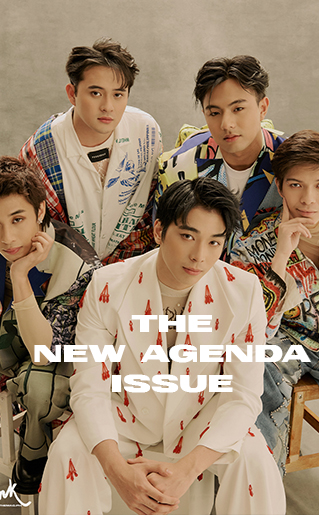Gameboys: The Series was all the rage during quarantine of last year, ultimately catapulting unstoppable careers of young indie scene regulars Elijah Canlas and Kokoy De Santos, plucked from mainstream obscurity to global acclaim. Easily, having spawned a number of series tailing in its success—well, others relying heavily on saccharine storytelling while others failing miserably—Gameboys: the Series has stood its ground as the yardstick of success for any production house’s jab at the now-famed BL genre.
Over a year ago, the series pulled a fast one on any entertainment content during the time of the great, unprecedented pause, securing its place in the pantheon of mega-successful mainstream shows so much so that it actually ignited this whole economy of online series of and off the genre, attempting to replicate its unlikely but welcome triumph.
But as we all know, television-to-film adaptations, much like sequels, are often crucial indicators of one’s lasting power and impact. We’ve seen a good number of film and television successes whose lights dimmed because of its lackluster sophomore outings, mostly unable to come close to the success of its predecessors—but not Gameboys.
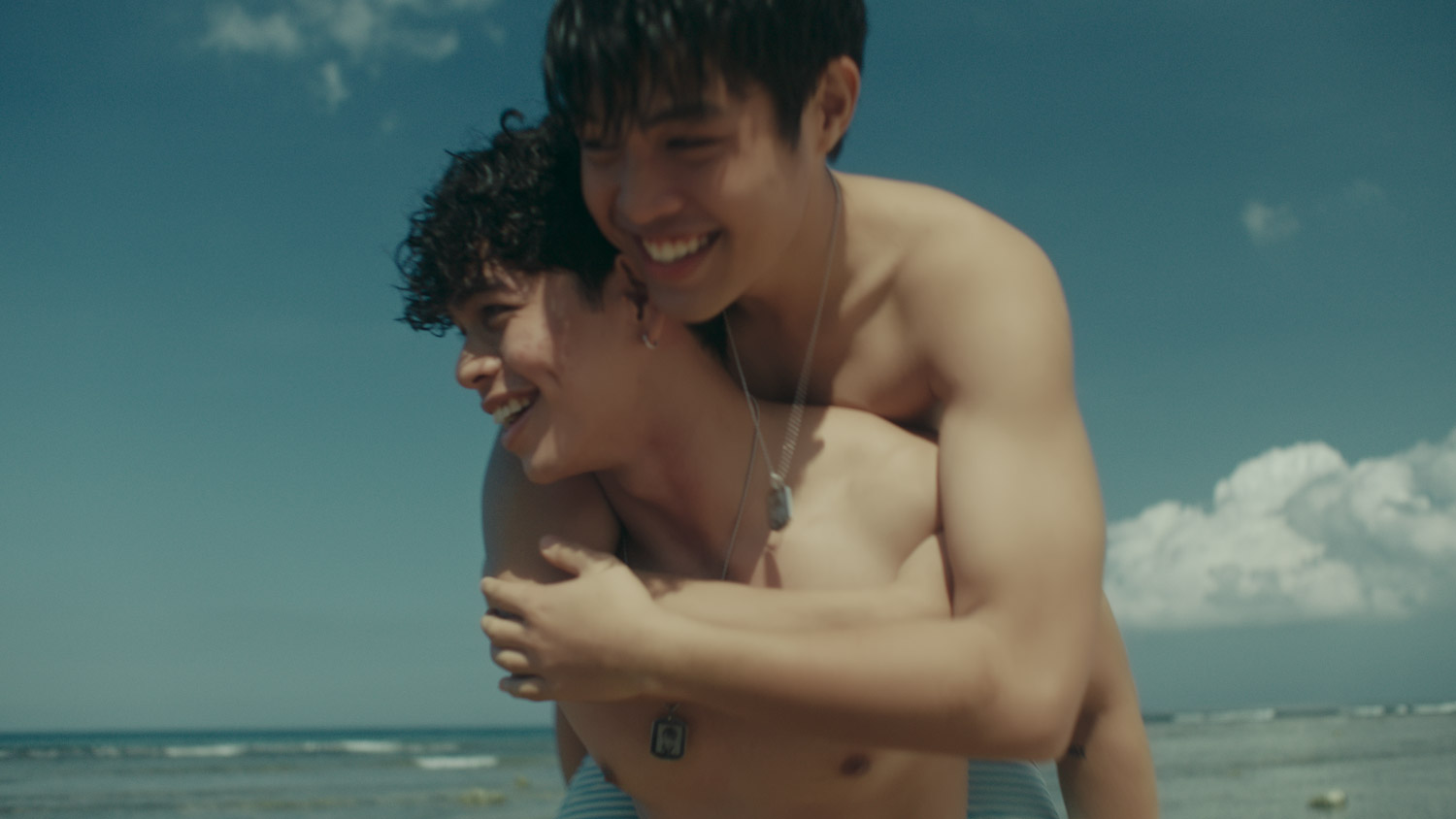
Production still courtesy of The IdeaFirst Company
For a game-changing and culture-shaping series as this, expectations run high on continuing its careful and meticulous handling of a subject matter that has not been given much “proper” representation, particularly in mainstream media. Long after the series temporarily closed its book, with equally riveting spin-offs that came after it, the young cast of talented actors went on to stake their claim on their newfound celebrity with their own entertainment ventures. And so, the pressure of retaining not just the creative mastery of the material but global fan interest with a full feature and a second season is palpable.
But if the record-breaking success in terms of the ticket sales of the film long before it even premiered on the virtual space is all the indication of the continued interest for the beloved franchise, then it’s safe to say that Gameboys has not lost its shine, not one bit. The question now lies on how the series’ creators, under the tutelage of The IdeaFirst Company head mentors, stayed true to its excellent storytelling and grasp of the—let me declare—now-iconic source material.
For starters, Gameboys: The Movie came as an offshoot of an earlier-announced return for a second season. As is expected, the full-feature film, running close to two hours long, picked up where the series has left off. The story was clear. Cairo Lazaro (Canlas) and Gavreel Alarcon (De Santos) spend their already-set remaining days together in one house before the two sets out to face the challenge of impermanence in their very young relationship. Pearl, played by the radiant Adrianna So, then enlists the help of CaiReel for a fund-raiser that ultimately leads for the series regulars to come together and settle differences.
Of course, commensurate to the numerous cases of onscreen chase that the audiences have come love and root for, the two young leads continue to celebrate their romance even in fleeting moments of glee, only to be foiled by an agent of havoc in the person of Tita Susan, played to perfection by character actress Angie Castrence.
As the narrative deepens, Tita Susan, Terrence (Kyle Velino), Wesley (Miggy Jimenez), Achilles (Kych Minemoto), and Pearl add layers to the steady, overarching storyline that we know of coming into the film—the two are bound to separate ways. And the gap between the sugar-laden present and the doom of facing their eventual separation is filled with a mélange of cathartic moments not just for themselves but also the characters anchored on their narrative.
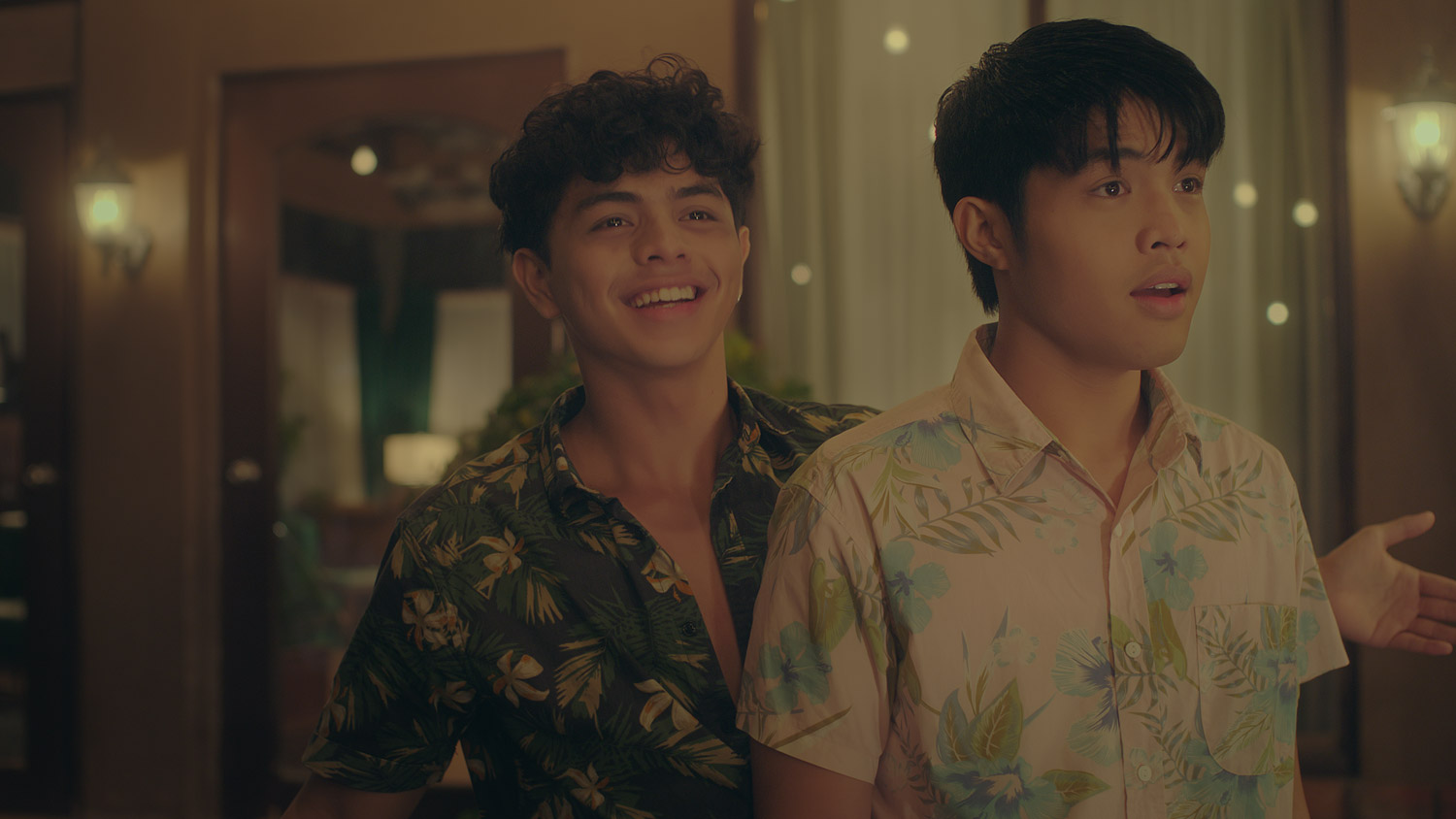
Production still courtesy of The IdeaFirst Company
In truth, Gameboys doesn’t shy away from the fact that it is a show of, for, and by its army of supporters in and outside the LGBTQ+ community. And so, it is somewhat evident that there are a number of small indulgences afforded to the fans who wish to see the entire cast engage and carry out their storylines outside the video call format that the series has already patented and perfected. It goes without saying that there are characters whose purpose and motivation in making it in the film you question and suspension of disbelief gets somewhat disgruntled. One question mark would be the sudden arrival of Wesley, which doesn’t necessarily feel organic or needed.
But even in this narrative “flaw”, series and film screenwriter Ash Malanum’s loyalty to the material still reigns supreme and these qualms get eschewed by the sheer dynamism of the characters that populate it. And the purposefulness of each of the sequences throughout the film somehow coalesce effortlessly in the end.
As we know it, Gameboys leaves nothing to chance. The sudden insertion of an unheard of character like Castrence’s Tita Susan, in its already-cemented “cinematic universe” could go both ways. To a viewer, who’s very aware of the narrative stream already woven by the series, it could serve as a welcome development in its storytelling, but it could also be an unnecessary clutter to an otherwise strong storyline.
But again, Malanum’s command of the story is so strong that his grasp on how to use characters and story arcs to incorporate commentary on social realities help elevate the discourse, without mindlessly preaching it for impact and feigned relevance—much like how the series and its spin-offs have effectively tackled effem-shaming, bi-erasure, cancel culture, and of course, the perils of the pandemic, while the film has shed light on issues on sex positivity and consent, friction with antiquated social constructs and persisting microaggressions, and even mental and emotional well-being.
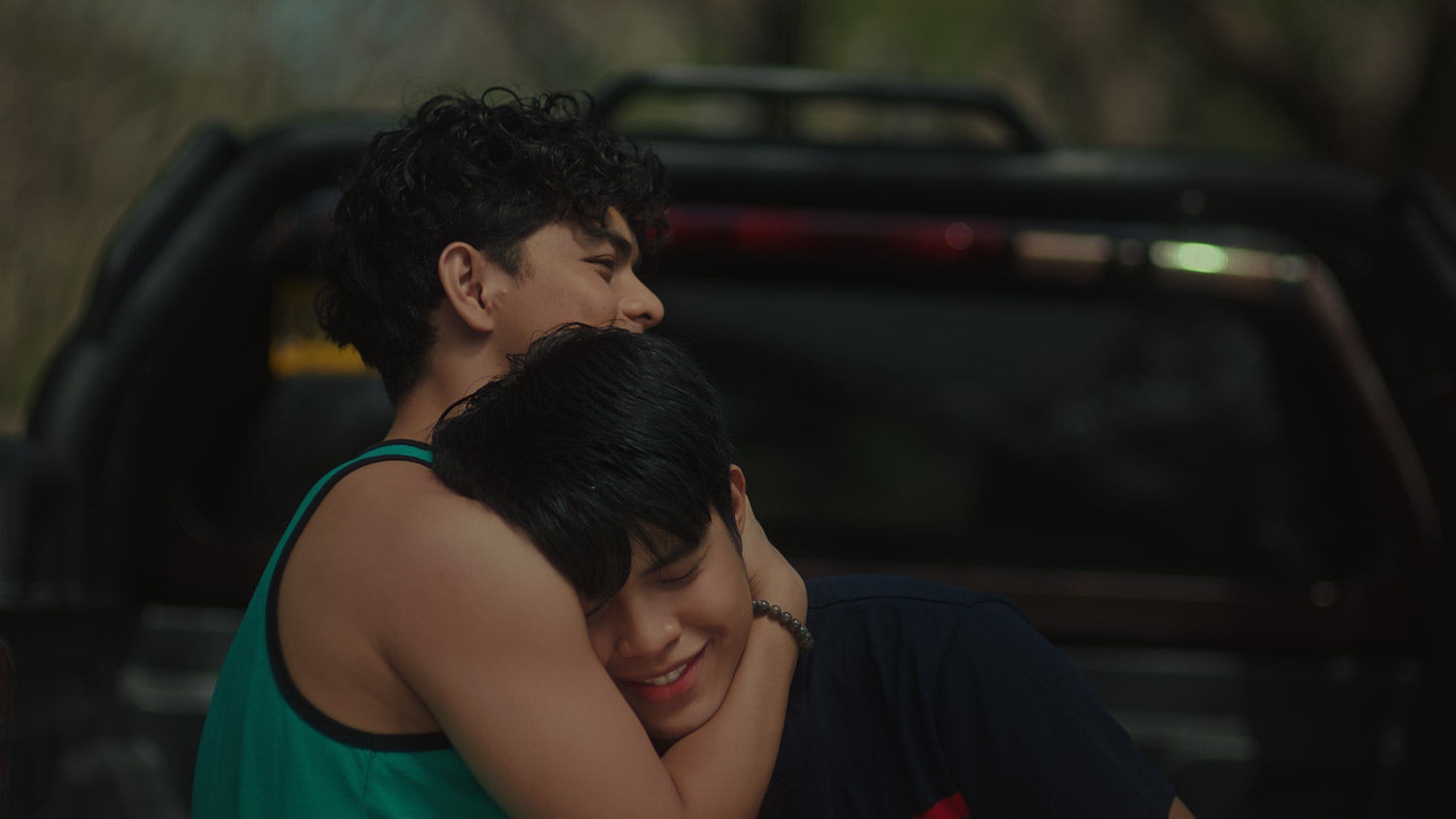
Production still courtesy of The IdeaFirst Company
Ultimately, while the series led us to levels of self-discovery for Cairo’s character and illustrating how Gavreel plays an integral cog in addressing his deep-seated baggages and issues, the film, rightfully so, shifts the balance of things, now uncovering the cracks in Gav’s individuality, molding his character with more humanity, beyond the smart-alecky quips, the jokes, and the innocent playfulness he has been known for.
And in showcasing this vulnerability and revealing him as someone who is a prisoner of his own history with discrimination and societal pressures, we see a more well-rounded character. In turn, we see De Santos delivering his best performance to date, with such ease in moving from restraint to his eventual and inevitable breakdown.
This reversal of roles, from Gav portrayed as a free spirit that pushes Cairo’s self-acceptance in the series, to the latter eventually becoming the agent in unearthing past trauma and anxiety beneath the skin-deep smiles of the former in the film, is a mark of the Malanum’s writing maturity and it only makes us look forward to seeing layers of other characters get peeled off in the soon-to-be-unveiled new season.
But if there’s one thing that feels deserving to be more fully-realized, it is the character of Pearl. In the film, it feels as though Pearl only comes in and out of the storyline as the designated cheerleader and the glue that holds the group together. But hers is a narrative arc that didn’t really get much resolution or depth.
To the untrained eye watching the film adaptation, or for someone who has not seen So’s Pearl get her moment in her very own spin-off, in the rich tapestry of narratives in the Gameboys ecosystem of characters, hers appears to be untapped or at the least, under-utilized, designed merely to co-inhabit the space that the leads are in, not having her own sense of self and purpose, contrary to what Pearl’s many character layers are. It would have been more fruitful to see a more developed arc for Pearl to stand her ground on the film more than just the effervescent “tension-breaker” that sparkles onscreen without the need to go to her spin-off as reference to see how complex and beautifully chaotic and relatable she is as a character.
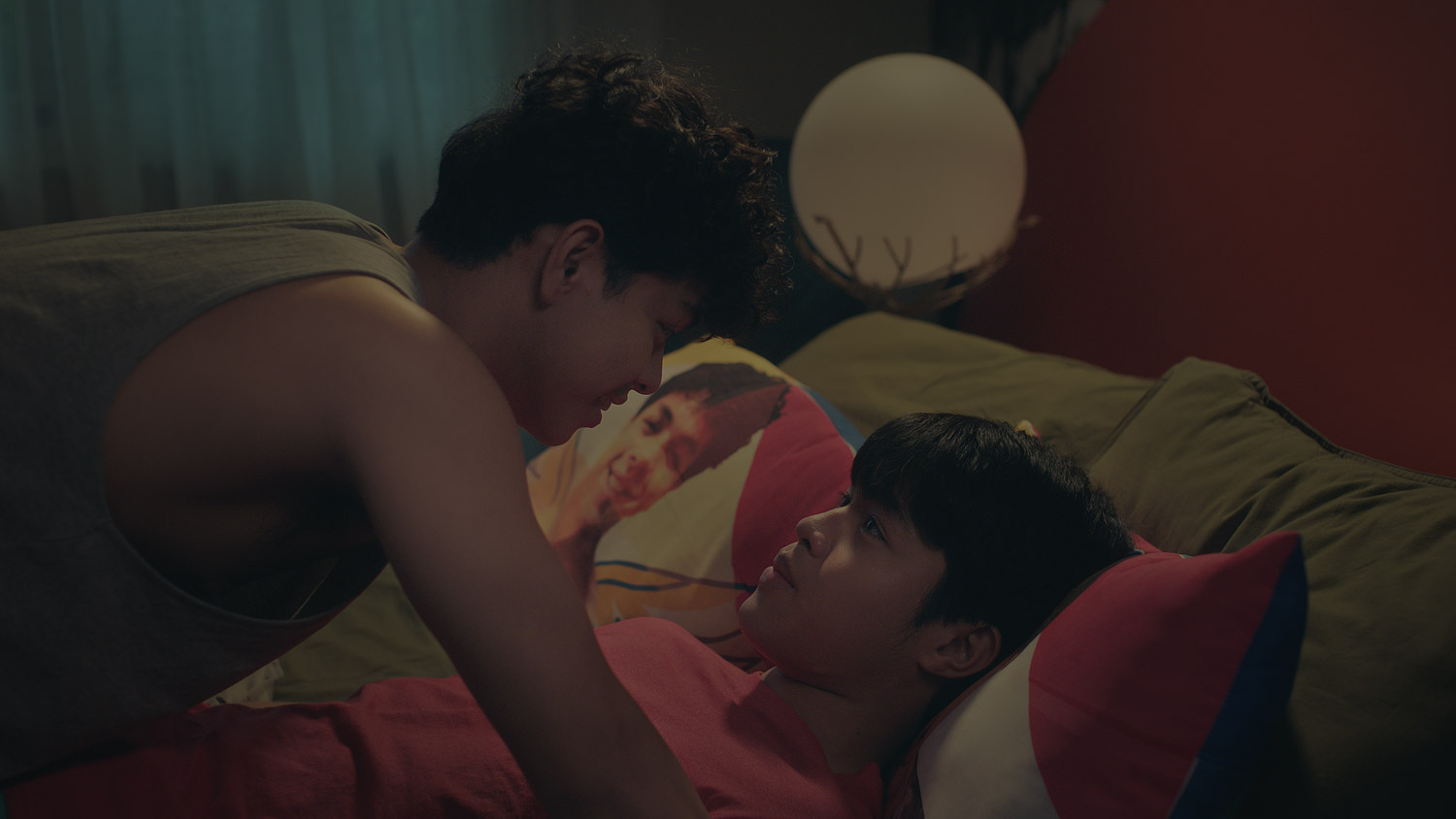
Production still courtesy of The IdeaFirst Company.
However, even with these lapses, much is to be lauded about Malanum, Payawal, and the whole of The IdeaFirst Company for taking on the bigger challenge of tying all loose ends from the characters left in the series, and addressing them in the film to signal a start of a clean slate with new challenges and motivations coming into the highly-anticipated second season to push the narrative forward.
It is very easy to be lost in the fan acclaim and just bank on the continuing global appetite for Gameboys and milk the story from what it already is, but much is to be anticipated for the return of the second season, because it laid the groundwork for new and interesting possibilities in the narrative that opened up as the credits for the film started to roll.
All in all, is Gameboys: The Movie perfect? Far from it. But there’s no contest that the film adaptation is everything that a fan would hope for, not just on how it goes beyond the story of love by expertly weaving an intricate telling of the value of friendship, self-love, and empowerment, but on how it brings the narrative to greater heights, paving the way to an even more exciting next season. To a viewer unfamiliar of the web of narratives that make the franchise what it is, Gameboys, without a doubt, is an exceptional, heartwarming ride—from the dynamism of characters breathed new life into by its impressive roster of young actors, to the cinematography that elevates the whole visual experience of Gameboys from the series that we have come to love, to the strategic and intoxicating use of music. And these merits and the rewards it collected even before it hit public release, affirm that the Gameboys triumph is no fluke.
But more than that, you cannot watch Gameboys and just evaluate it whether it is a good movie or not and not see it for the bold instigator of cultural change that it is. If anything, the film stands on its own as a good follow-up to the series and the number of spin-offs that have sprung up tailing in its success, feeding the insatiability of the young Internet-grown demographic of viewers that the franchise has amassed and cultivated. One look and Gameboys goes beyond the description of yet another BL film but more so a sincere mirror of the complexities of life, transcending genres and exceeding expectations.
Ultimately, what Gameboys mastered is building a narrative of a world that is both familiar and aspirational. And there’s something poetic in noting that it took us a dark, trying time as this pandemic to prove that people are ready to take on narratives that go against the rules and structures set by the ones that ruled before it. And this success is emblematic of the necessary shift in perspectives that has long been overdue.

Production still courtesy of The IdeaFirst Company.
True, Gameboys is so many things to so many people. It served as a source of entertainment and a catalyst for change. But looking at these young actors—able and dedicated but none of them household names, and none of enjoying the marketing muscle of a giant network—and how they fought tooth and nail to push not just a necessary narrative forward during one of our darkest times but their hegemony-defying mission of overturning a problematic, pre-existing world order with their brand of non-toxic masculinity, empathy, and overall celebration of love in its purest form, is, in itself, an inspiring achievement. One that should not go unnoticed.
At the end of the movie, you’ll see a heartwarming final hug that somehow symbolically bookends the leads’ whirlwind journey from the time they were steady but relatively obscure young actors shooting by themselves in their respective homes to this victorious moment when Gameboys has become an immensely popular entertainment commodity. And for a viewer who has seen it through from the start, it hit me differently. This is where I am reminded, their Gameboys journey is also my journey.
Above all else, Gameboys is so special and revolutionary as it gives us hope for gatekeepers of anything mainstream to step up the ranks to claim, own, and respect the responsibility to shape the Filipino psyche, with the knowledge that unlearning dated and prejudiced beliefs could be done if they, themselves, are up for the task of reshaping our sensibilities.
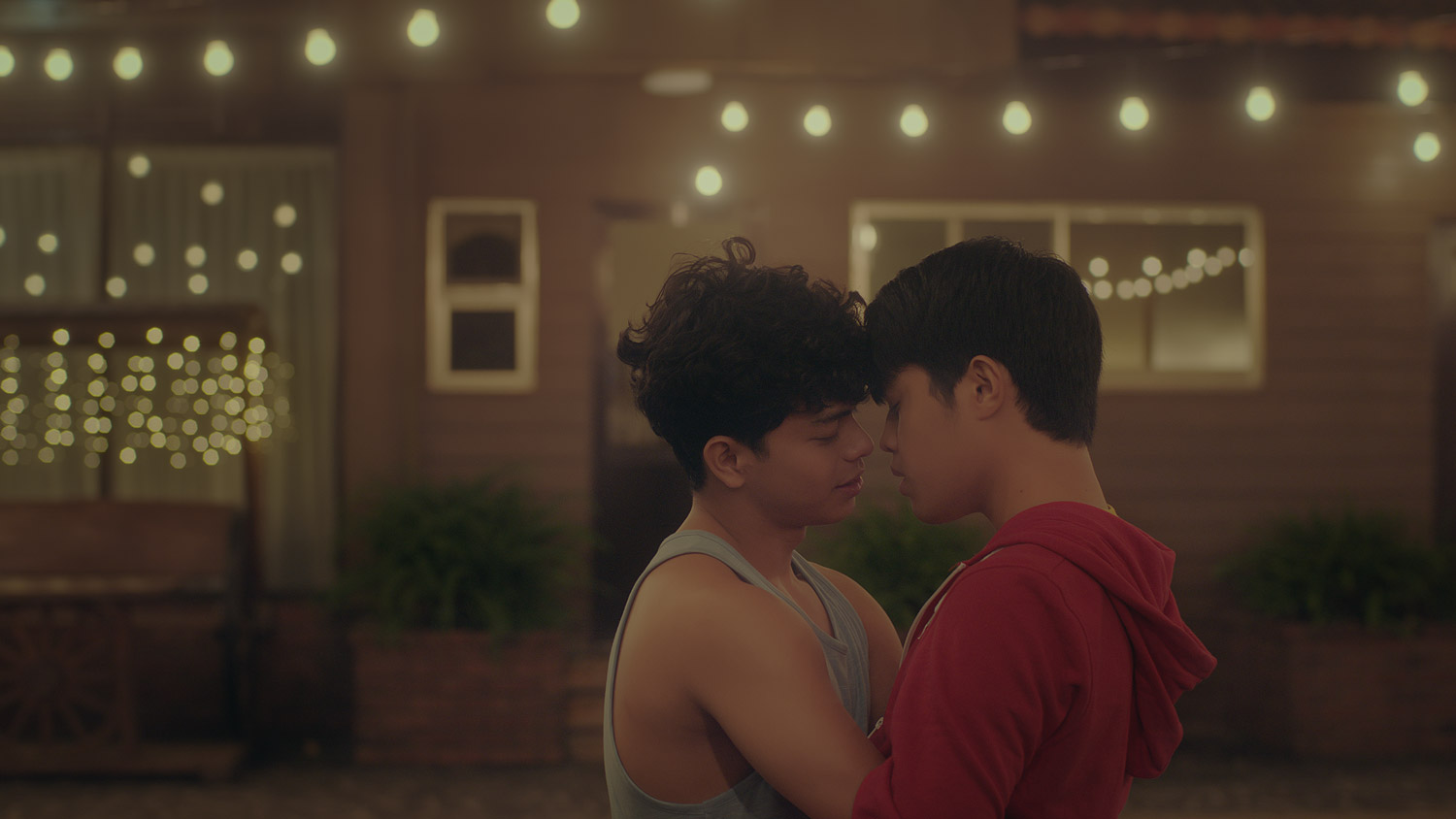
Production still courtesy of The IdeaFirst Company.
I just feel happy for future generations raising their children with Gameboys as a reference that boys or men falling in love and kissing one another is not “weird”–not even “progressive”. It should not even be explained or defended. It just is. Or just the idea of boys showing emotions is not to be followed by ridicule and mockery. And the call for this to be normalized rings louder now, more than ever. That maleness and femaleness are not subjected to the dictates of years of one-sided imperatives and that your worth and stake in society is not defined by adhering to these standards of what normal is.
These very idealistic perspectives, of course, are way far off in the future but I trust that the movement started by Gameboys will not stop here, because it’s about damn time.
Stream Gameboys: The Movie via KTX.


